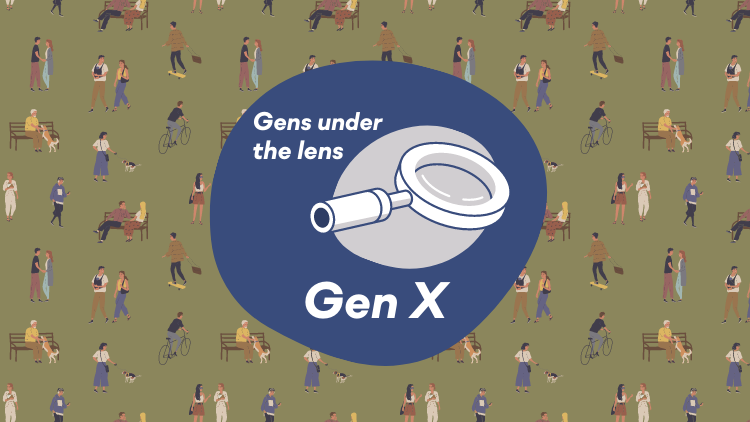Modern Marketing, The Customer Effect
Gens under the lens: The Gen X consumer
- Next up on our new series, Gens under the lens -- ‘the forgotten generation’
- In the peak of both their earning and spending years, Gen Xers are the busiest financial consumers










